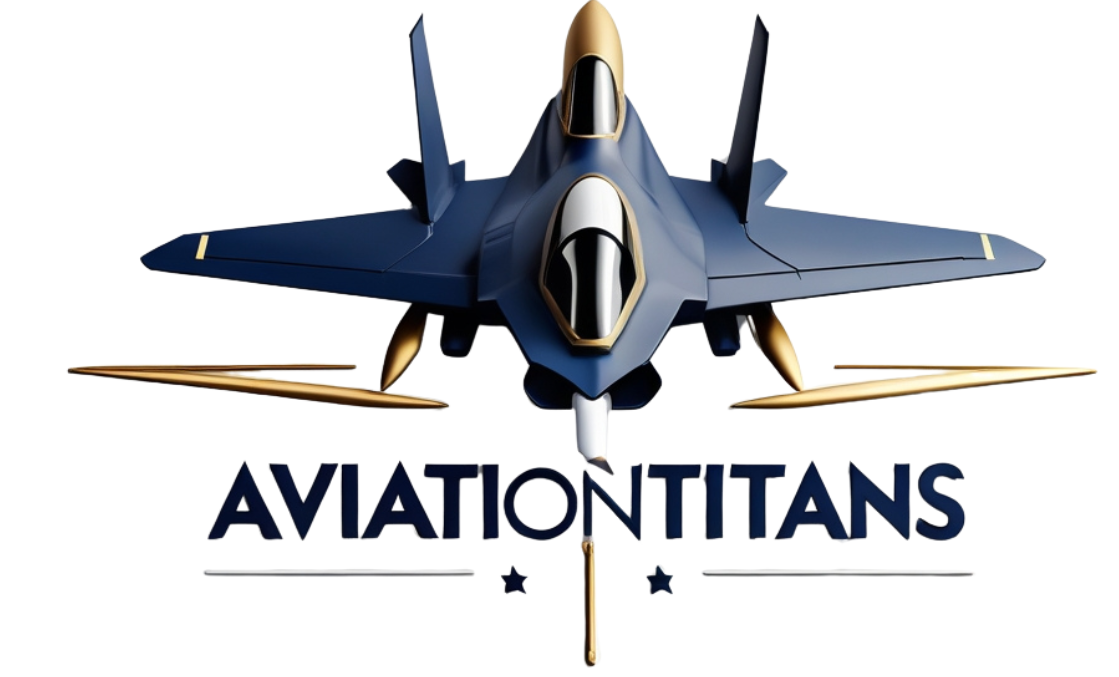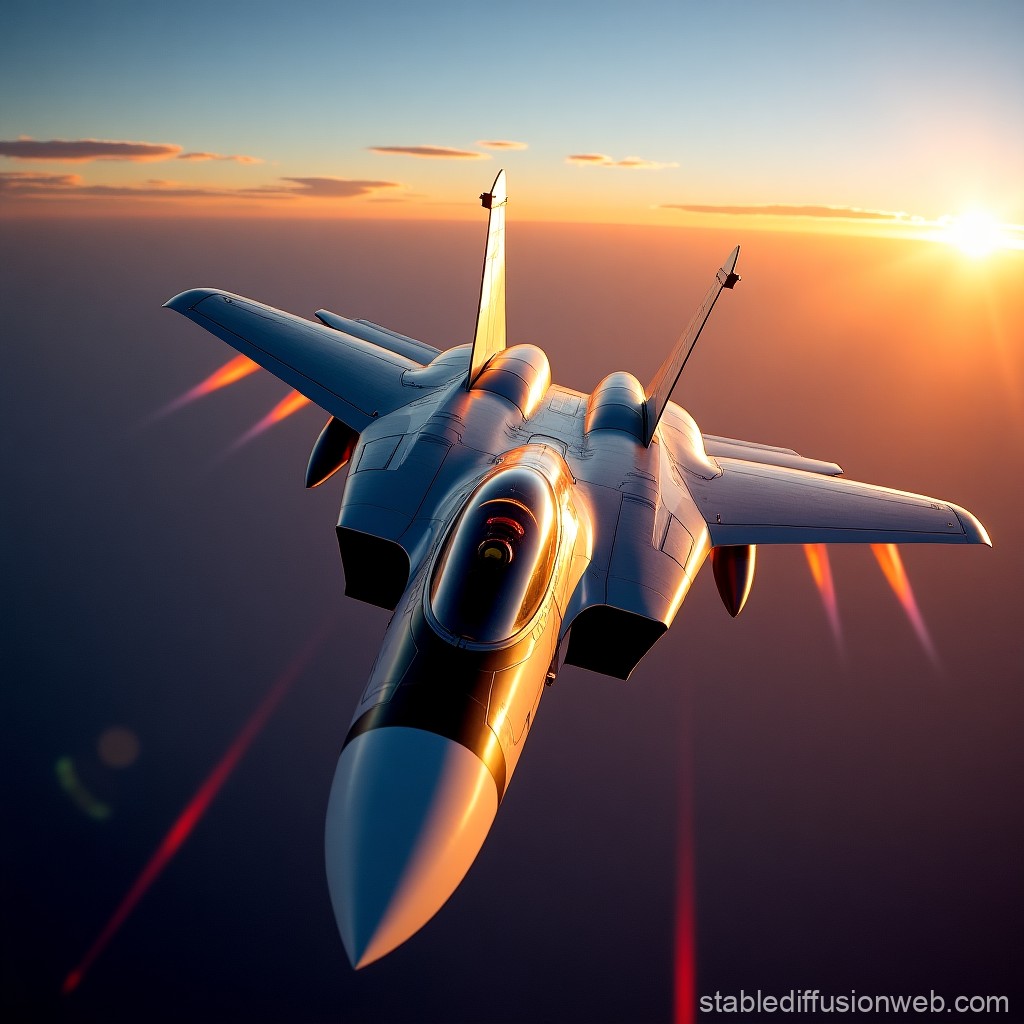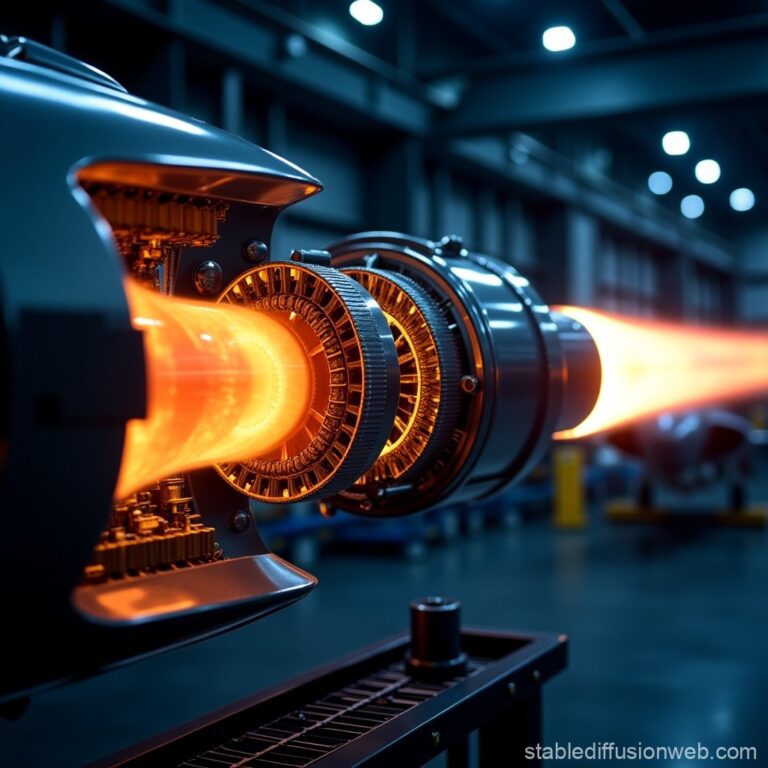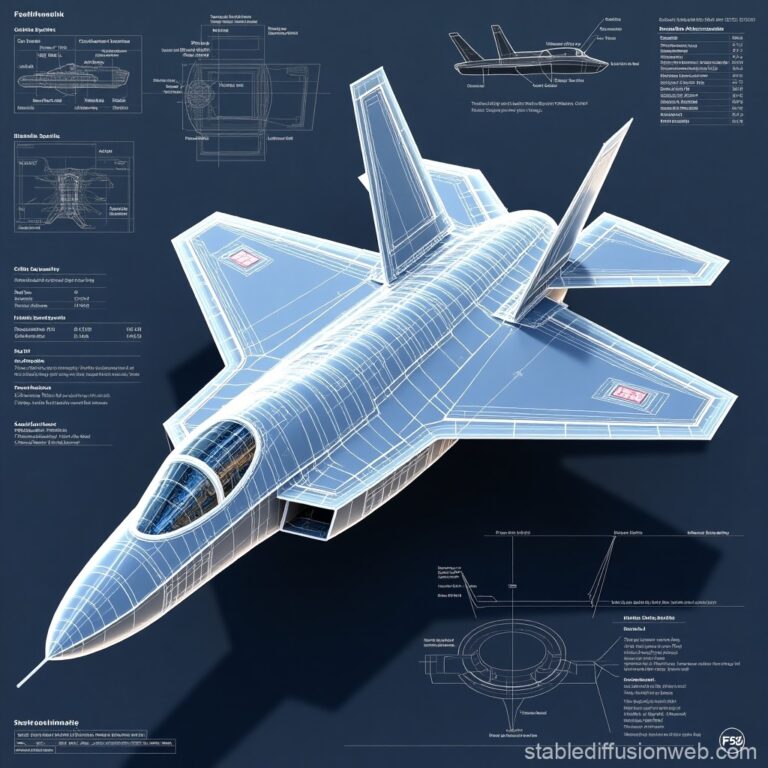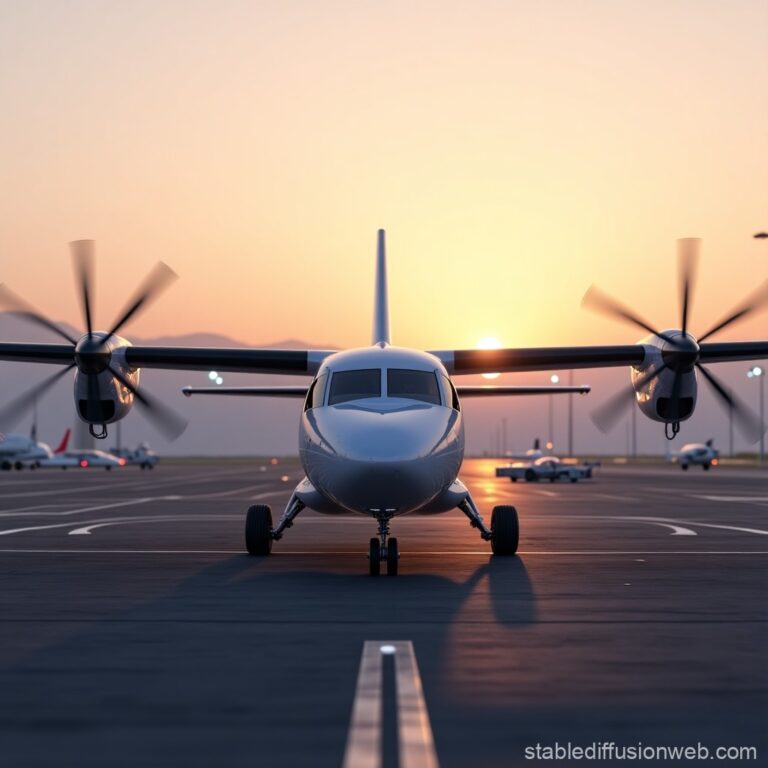Variable-Sweep Wings: Adaptability in Modern Fighter Jets
The development of variable-sweep wing technology has revolutionized the design and performance of military aircraft. Beginning with the F-111 Aardvark in the 1960s and popularized by the F-14 Tomcat in the 1970s, this technology has allowed fighter jets to perform optimally across a wide range of speeds, from low-speed takeoff to high-speed supersonic flight. Now, this technology is making its way into next-generation fighter jets and drones, bringing unparalleled adaptability to the skies.
How Variable-Sweep Wings Work?
Variable-sweep wings are designed to adjust their angle of attack in flight, which allows for superior performance in various conditions. Aircraft like the F-14 Tomcat utilized swing wings, which could extend during slower, more fuel-efficient operations and sweep back for high-speed, supersonic flight to reduce drag and optimize aerodynamics.
The Key Mechanisms Behind Variable-Sweep Wings:
- Hydraulic Systems: In many aircraft, hydraulic systems power the wing adjustment, allowing for quick transitions between wing angles.
- Sweep Angles: The most common angles are extended (for takeoff and landing) and fully swept (for supersonic speeds). Some aircraft also have intermediate positions that optimize the balance between speed, maneuverability, and fuel efficiency.
- Wing Pivoting Mechanism: The wings are mounted on pivots that rotate around their central axis. These pivots can either be mechanical or motorized, ensuring smooth transition between different angles.
Advantages of Variable-Sweep Wing Design
1. Enhanced Fuel Efficiency:
The primary benefit of variable-sweep wings lies in their ability to optimize drag and lift at different speeds. Fuel efficiency increases by up to 10-15% during supersonic flight. This is particularly critical for military aircraft, which need to maximize the range and operational time on missions that may span great distances or require high-speed engagements.
2. Superior Agility in Combat:
The ability to change wing configurations provides an edge in combat scenarios. Military testing has shown that adaptable wings can improve a fighter jet’s agility by 20-25% during dogfights, allowing pilots to execute more sharp turns and evasive maneuvers. This agility is critical for survival in high-stakes aerial combat situations where speed and maneuverability are paramount.
3. Versatility for Multi-Role Missions:
Modern fighters must often serve multiple roles, including air superiority, strike missions, and reconnaissance. The flexibility of variable-sweep wings allows them to perform optimally across these missions, adjusting wing configurations based on altitude, speed, and maneuvering needs.
4. Compatibility with Unmanned Aircraft (UAVs):
While originally designed for manned jets, the principles behind variable-sweep wings are now being adapted for unmanned aerial vehicles (UAVs). Drones benefit from this technology by increasing efficiency, allowing for better fuel usage and longer endurance. The adaptability also gives drones the capability to change their flight behavior on the fly, whether for reconnaissance or combat operations.
The Technological Evolution of Variable-Sweep Wings
From their early applications in the F-111 Aardvark to the advanced fighters like the F-14 Tomcat and today’s F-22 Raptor and F-35 Lightning II, the design of variable-sweep wings has evolved significantly. Initially, these wings were controlled manually or hydraulically. Today, most advanced systems use computerized flight control systems to adjust the wing sweep automatically in response to flight conditions, enhancing overall efficiency.
In recent years, stealth fighters and drones have begun to incorporate elements of this technology, demonstrating the continuing relevance of variable-sweep wings for modern military aviation.
The Future of Variable-Sweep Technology:
- Next-Gen Fighters: Fighters such as the F-35 and F-22 have adopted more advanced designs that still incorporate aspects of variable-sweep technology but rely on more stable aerodynamic structures. However, next-gen designs, including concepts for hypersonic aircraft, may return to fully adjustable wings to handle extreme flight conditions.
- Drones and UAVs: As drones become more prevalent, the potential for incorporating variable-sweep wings into UAVs opens up new possibilities for faster, more agile, and longer-range aerial vehicles that can perform reconnaissance, search-and-rescue, and combat operations with exceptional versatility.
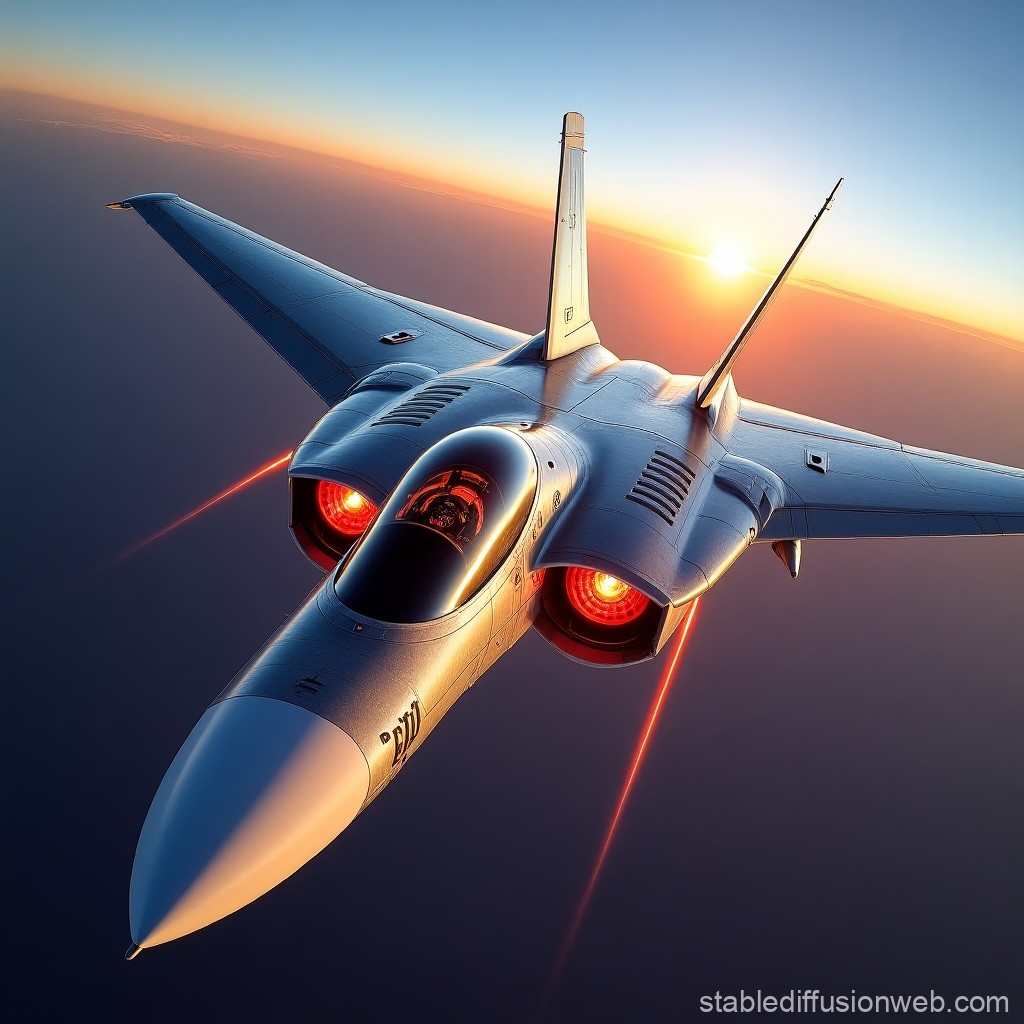
Key Statistics and Testing Data
- Fuel Efficiency: Variable-sweep wings reduce drag, allowing supersonic aircraft to use up to 15% less fuel compared to fixed-wing designs.
- Enhanced Agility: Test data shows a 20-25% increase in agility for fighter jets with adaptable wings during combat maneuvers, significantly improving dogfight capabilities.
- Adaptability for UAVs: In UAV designs, variable-sweep wings can increase operational versatility, allowing these drones to switch from reconnaissance modes to high-speed combat modes seamlessly.
